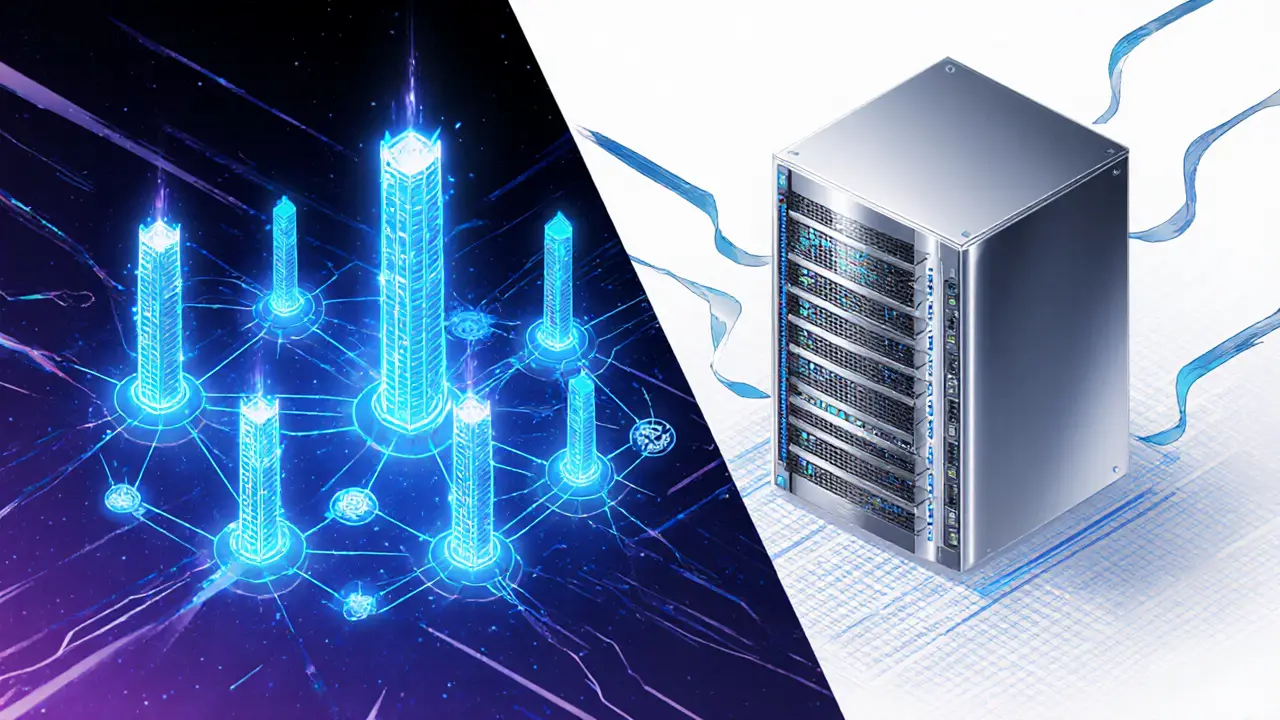Immutability in Blockchain: Why It Matters
When working with immutability, the guarantee that data cannot be altered once recorded. Also known as data permanence, it forms the backbone of trust in decentralized systems. In practice, immutability means you can’t rewrite history without detection, which is why it’s a core promise of crypto platforms.
Key Foundations That Enable Immutability
Blockchain, a distributed ledger that records transactions in linked blocks uses consensus mechanisms to lock data in place. immutability shines here because each new block references the hash of the previous one, creating a chain that’s extremely hard to tamper with. Merkle tree, a cryptographic data structure that aggregates transaction hashes into a single root adds a second layer of protection: any change to a single transaction changes the root hash, which instantly alerts the network. Finally, validator nodes, participants that confirm and seal blocks in proof‑of‑stake chains enforce the rules, reject altered blocks, and earn rewards for keeping the ledger immutable.
These components interact in clear ways: blockchain provides the overall framework, Merkle trees supply verifiable proofs, and validator nodes execute the consensus that locks everything together. The result is a system where data permanence isn’t just a promise—it’s enforced by cryptographic math and economic incentives. This synergy answers questions like why a Bitcoin transaction can’t be erased and how Ethereum can guarantee contract code stays unchanged after deployment.
The posts below dive into each piece of this puzzle. You’ll find hands‑on guides on mining pools that rely on immutable block records, deep dives into Merkle‑Patricia trees that power Ethereum’s state, and step‑by‑step tutorials for setting up validator nodes on proof‑of‑stake networks. Whether you’re curious about the technical underpinnings or looking for practical tips, the collection gives you the full picture of how immutability secures the crypto ecosystem.
Explore the fundamental differences between blockchain technology and traditional databases, from architecture and performance to security, cost, and ideal use cases.
Read More





